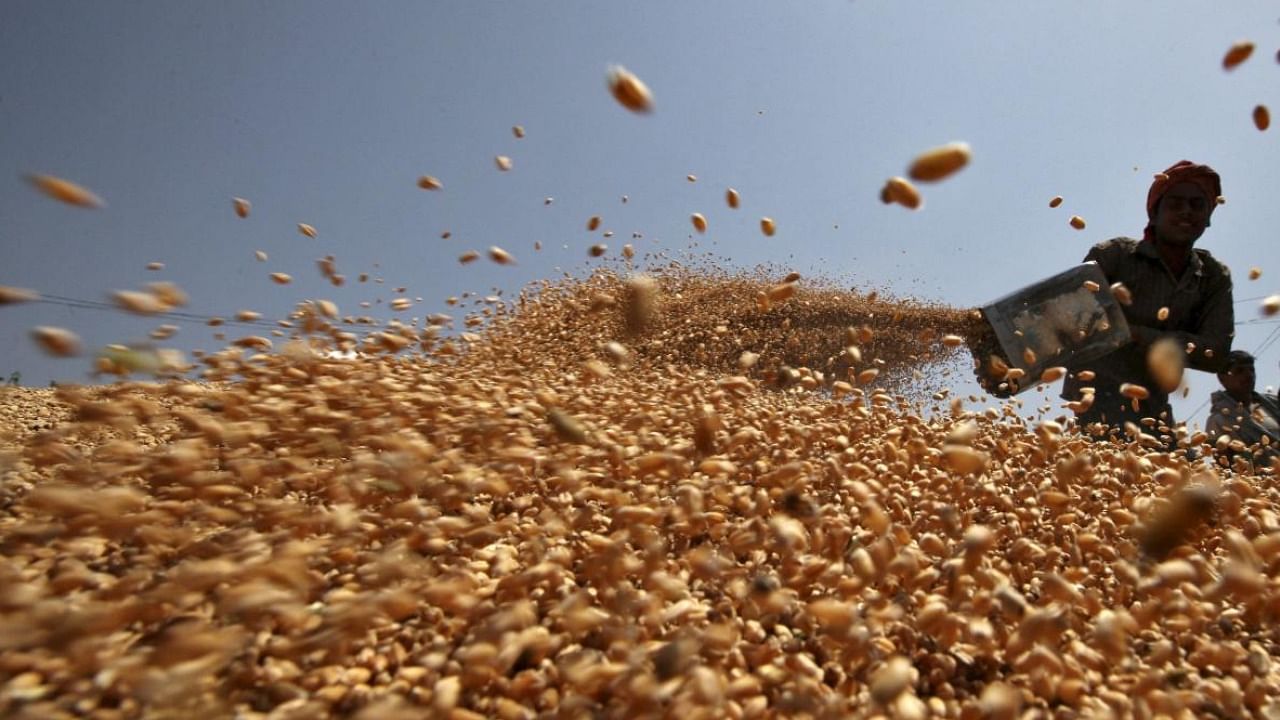
Despite an SOS sent by the Balochistan government, no consignment of wheat reached the Pakistani province, the media reported.
At a press conference on Saturday night, Food Minister Zamarak Khan Piralizai had said that the food department had run out of its wheat stock and called for help from other provinces and the Centre, reports Dawn news.
"We are facing a very serious crisis and need 600,000 bags of wheat on an emergency basis," he said as he sent an SOS to the federal and provincial governments of Punjab and Sindh.
He said Balochistan needed immediate wheat supply to deal with the worsening situation.
The federal, Sindh and Punjab governments are responsible for this crisis, the minister said, adding that despite the promise to provide 600,000 bags of wheat by Punjab Chief Minister Pervez Elahi, not a single bag was sent to the province.
"Islamabad, Punjab and Sindh have refused to provide wheat to Balochistan," he claimed.
A severe crisis of food items is likely to hit Pakistan in days to come as inflation will further soar by 40 per cent if the coalition government accepts the International Monetary Fund (IMF) conditions to finalise the ninth review of the loan programme, warned former energy minister and Pakistan Tehreek-e-Insaf (PTI) leader Hammad Azhar, The News reported.
He accused the PML-N-led coalition government of taking the country to the verge of economic collapse in just a span of nine months.
Food inflation that was already high before the 2022 monsoon floods in Pakistan further accelerated after the floods, particularly in rural areas, Dawn reported.
In rural areas food inflation rate crossed 30 per cent in August amidst super floods and remained above that level for the next four months, peaking at 37.9 per cent in December 2022.
In urban areas, people witnessed food inflation rising past 30 per cent in September, then touching an all-time high of 34.7 per cent in October before slipping to 29.7 per cent in November.
But in December, urban food inflation again rose to 32.7 per cent.
Such persistently high rates were primarily the outcome of domestic food shortage that aggravated after the floods, higher food prices in the international market in most of 2022, rupee depreciation, disruptions in domestic supplies and delays in imports due to import restrictions, and the failure of authorities in enforcing administered prices, Dawn reported.